Patagonia, stretching across Argentina and Chile, is one of the last great wilderness frontiers on Earth. With majestic glaciers, towering peaks, turquoise lakes, and diverse wildlife, Patagonia is a dream destination for adventurers, nature lovers, and photographers.
From hiking in Torres del Paine to cruising past Perito Moreno Glacier, Patagonia offers some of the most breathtaking landscapes in the world.
📍 Top Experiences in Patagonia
1️⃣ Torres del Paine National Park (Chile) – Patagonia’s Crown Jewel
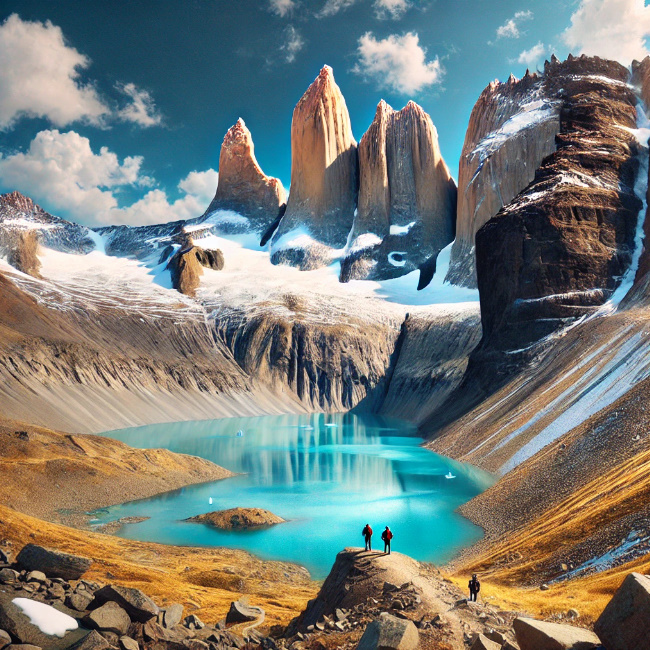
🏔 Why Visit?
- Home to the famous Paine Massif, with its jagged granite peaks.
- Features turquoise lakes, massive glaciers, and golden grasslands.
- Best for hiking, wildlife spotting, and breathtaking photography.
📷 Photo Opportunity: A sunrise shot of the three Torres peaks reflecting on a lake
🎟 Tip: Hike the Base de las Torres Trail for the best views of the peaks.
2️⃣ Perito Moreno Glacier (Argentina) – The Living Ice Giant

❄ Why Visit?
- One of the few advancing glaciers in the world, constantly calving ice.
- Offers ice trekking, boat tours, and stunning viewpoints.
- Massive ice walls rise up to 74 meters above the water.
📷 Photo Opportunity: A chunk of ice breaking off the glacier and crashing into the water
🎟 Tip: Take a boat tour to get up close to the glacier’s towering ice walls.
3️⃣ Fitz Roy & El Chaltén (Argentina) – The Trekking Capital of Patagonia
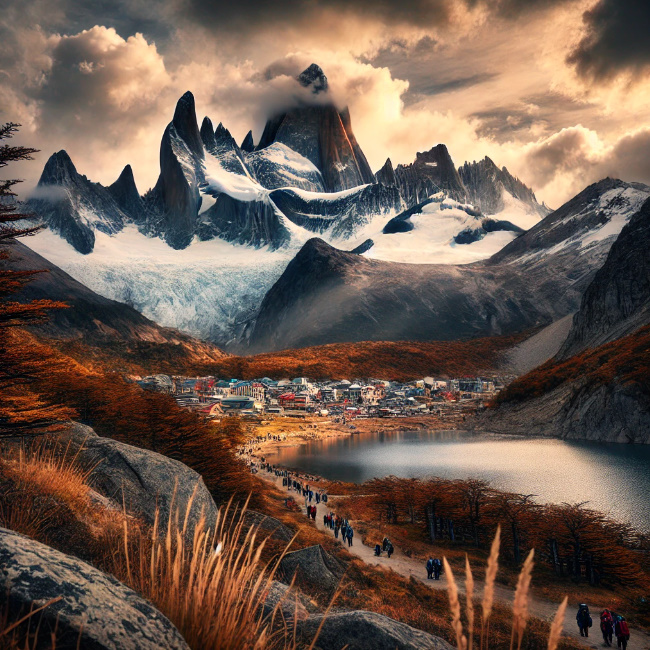
🥾 Why Visit?
- Mount Fitz Roy (3,405m) is one of the most iconic peaks in Patagonia.
- El Chaltén is a hiker’s paradise with trails leading to breathtaking viewpoints.
- Best hikes include Laguna de los Tres, Laguna Capri, and Mirador Fitz Roy.
📷 Photo Opportunity: Reflection of Mount Fitz Roy on the glassy Laguna de los Tres
🎟 Tip: Visit early in the morning for the best chance of clear views.
4️⃣ Ushuaia – The End of the World (Argentina)
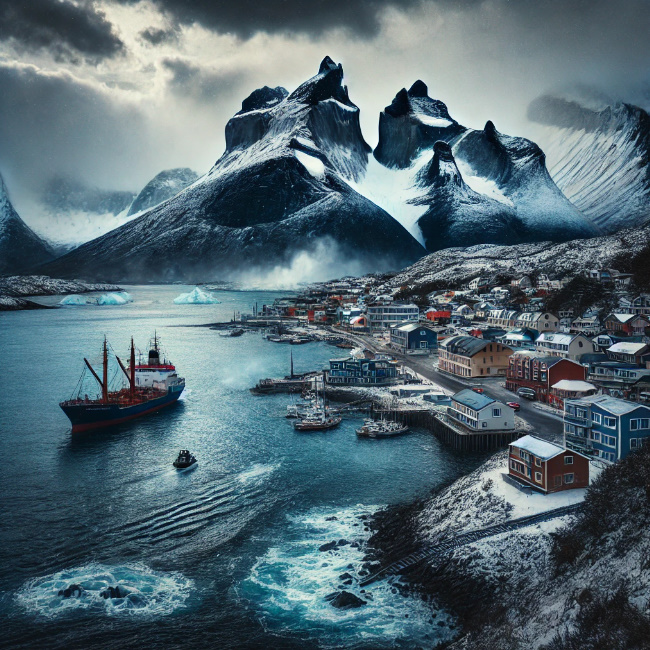
🚢 Why Visit?
- The southernmost city in the world, often called “Fin del Mundo” (End of the World).
- Gateway to Antarctica cruises and Tierra del Fuego National Park.
- Offers penguin watching, boat trips along the Beagle Channel, and glaciers.
📷 Photo Opportunity: A colony of Magellanic penguins on Martillo Island
🎟 Tip: Take the End of the World Train for a scenic ride through Tierra del Fuego.
5️⃣ Punta Arenas & Magdalena Island (Chile) – Penguins & Historic Explorers
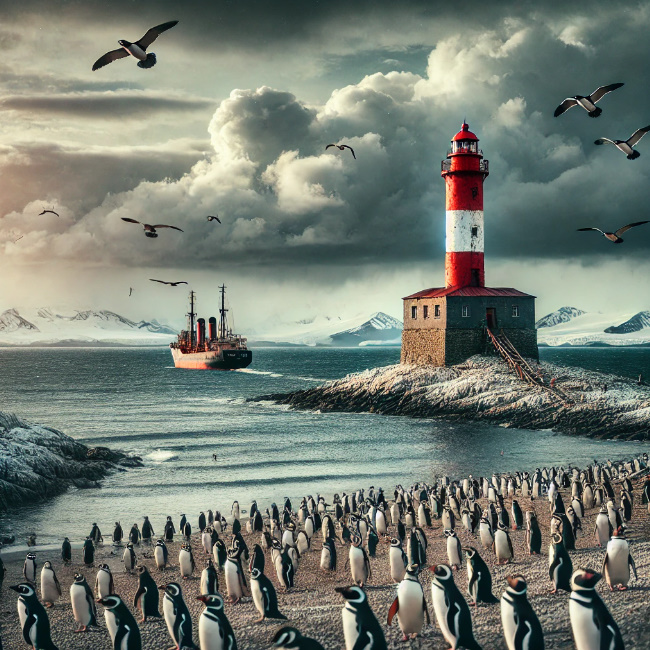
🐧 Why Visit?
- A historic port city with colorful architecture and a rich maritime history.
- Visit Magdalena Island, home to thousands of Magellanic penguins.
- A great spot to learn about Patagonia’s indigenous and explorer history.
📷 Photo Opportunity: A close-up of a penguin colony against a rugged Patagonian backdrop
🎟 Tip: Visit between October and March for the best chance to see penguins.
6️⃣ The Carretera Austral (Chile) – Patagonia’s Ultimate Road Trip
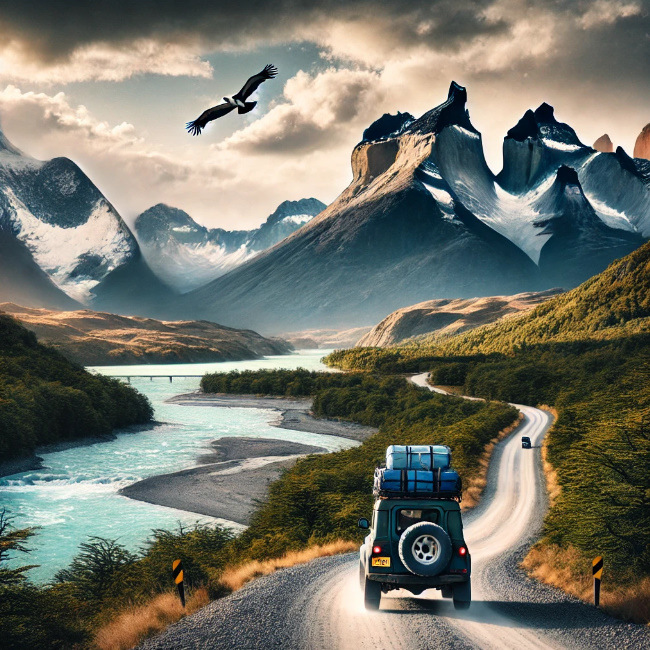
🚗 Why Visit?
- A stunning 1,240 km scenic route through wild Patagonia.
- Passes glaciers, fjords, forests, and charming villages.
- A paradise for camping, hiking, and road trip lovers.
📷 Photo Opportunity: A winding road cutting through snow-capped mountains
🎟 Tip: Rent a 4×4 vehicle for the best experience on the rugged roads.
7️⃣ Whale Watching in Peninsula Valdés (Argentina)
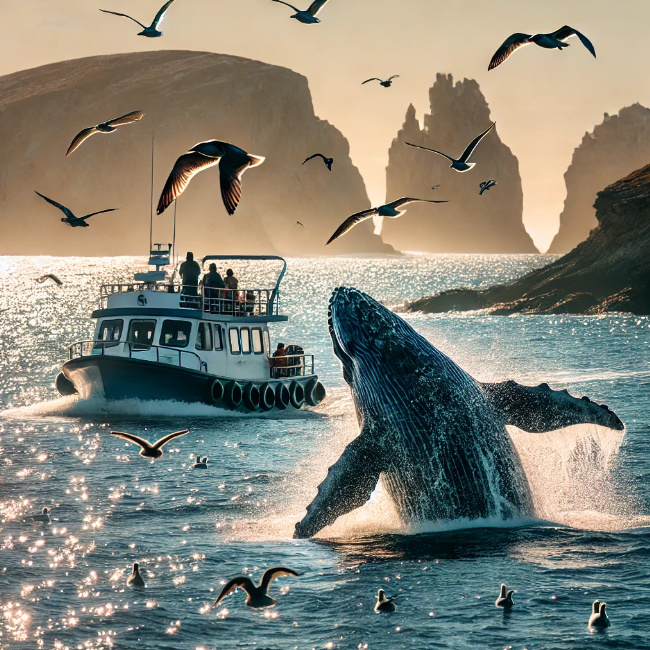
🐋 Why Visit?
- One of the best places in the world to see southern right whales.
- Also home to elephant seals, sea lions, and orcas.
- A UNESCO World Heritage Site with incredible biodiversity.
📷 Photo Opportunity: A whale breaching in the ocean with a dramatic Patagonian coastline
🎟 Tip: Visit between June and December for peak whale watching season.
8️⃣ Marble Caves (Chile) – Patagonia’s Hidden Gem
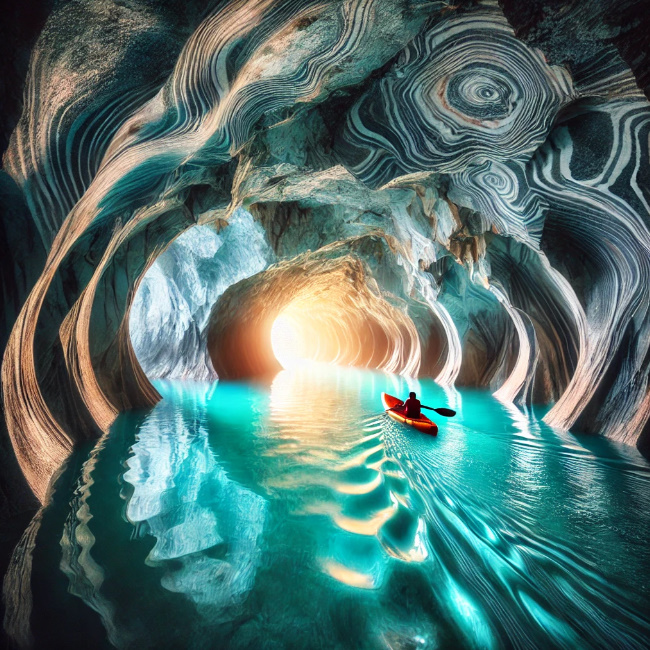
🌊 Why Visit?
- Stunning natural marble formations on Lake General Carrera.
- The caves feature vibrant blue waters and swirling marble textures.
- Only accessible by boat or kayak.
📷 Photo Opportunity: A kayak inside the glowing blue marble caves
🎟 Tip: Visit early in the morning for the best light inside the caves.
🚆 How to Get to & Around Patagonia
✈ By Air:
- Fly into El Calafate (Argentina) or Punta Arenas (Chile) for Torres del Paine.
- Fly into Ushuaia (Argentina) for access to Tierra del Fuego and Antarctica.
🚍 By Bus:
- Long-distance buses connect major towns, but journeys can be long.
🚗 By Rental Car:
- Best option for flexibility and scenic road trips.
🚢 By Boat:
- Ferries and cruises explore Patagonia’s fjords and glaciers.
🚶 By Foot:
- Many hikes and trails are only accessible on foot.
🌦 Best Time to Visit Patagonia
🌸 Spring (September–November): Best for wildflowers, fewer crowds, and wildlife.
☀ Summer (December–March): Peak season, best for hiking and warm weather.
🍂 Autumn (April–May): Ideal for fall colors and fewer tourists.
❄ Winter (June–August): Best for snow-covered landscapes and solitude.
🕰 Opening Hours: Most national parks open from 7:00 AM – 8:00 PM.
🍽 What to Eat in Patagonia
✅ Cordero Patagónico – Slow-roasted Patagonian lamb, cooked over an open fire.
✅ Centolla (King Crab) – A delicious specialty in Ushuaia and Chilean Patagonia.
✅ Empanadas de Cordero – Savory lamb-filled pastries.
✅ Calafate Berry Desserts – Sweet treats made from Patagonia’s famous wild berries.
✅ Mate Tea – A traditional herbal tea, popular in Argentina and Chile.
🍹 Tip: Try local Chilean or Argentine wines to complement your meal!
🏔 Discover the Untamed Beauty of Patagonia! ✨
Absolutely! Here’s a complete Patagonia Travel Guide – FAQ, loaded with info on fun things to do, prices, hotels, and essential details to explore this epic region at the edge of the world! 🏔️❄️🇦🇷🇨🇱
🏔️ Patagonia Travel Guide – FAQ 🏔️
(Argentina & Chile)
1️⃣ What is Patagonia and why visit?
Patagonia spans southern Argentina and Chile, famous for:
✔️ Towering mountains and glaciers
✔️ Pristine national parks and wildlife (penguins, whales, guanacos)
✔️ Legendary hiking (Fitz Roy, Torres del Paine)
✔️ Glacier trekking, kayaking, horseback riding
✔️ Remote gaucho culture and cozy estancias
2️⃣ Where is Patagonia located?
Patagonia stretches across Southern Argentina & Chile, from the Andes Mountains to the Atlantic and Pacific Oceans.
Main regions:
🔹 El Calafate & El Chaltén (Argentina)
🔹 Torres del Paine (Chile)
🔹 Ushuaia / Tierra del Fuego (Argentina)
🔹 Bariloche & The Lake District (Argentina)
🔹 Punta Arenas (Chile)
3️⃣ What’s the best time to visit Patagonia?
☀️ High Season (November – March):
✔️ Best weather for trekking & adventure
✔️ Long daylight hours
✔️ Higher prices, book early!
🍂 Shoulder Season (October/April):
✔️ Fewer crowds, good weather
✔️ Some services & treks still open
❄️ Low Season (May – September):
✔️ Winter sports in Bariloche
✔️ Many parks closed for trekking
✔️ Cheaper hotels but limited tours
4️⃣ How do you get to Patagonia?
✈️ Argentina Side:
✔️ Fly to El Calafate (FTE), Ushuaia (USH), Bariloche (BRC) from Buenos Aires
✈️ Chile Side:
✔️ Fly to Punta Arenas (PUQ) or Puerto Natales from Santiago
🚢 Cruises from Ushuaia through the fjords (expensive but amazing!)
🚌 Long-distance buses available but slow
5️⃣ What are the top things to do in Patagonia?
🇦🇷 Argentina Patagonia:
✅ Perito Moreno Glacier (El Calafate):
✔️ Glacier trekking or boat rides
💰 Entry: ~$15-30 USD
👉 Google Maps
✅ Hike to Mount Fitz Roy (El Chaltén):
✔️ Day hikes (Laguna de los Tres), epic views
💰 Free park entry
👉 Google Maps
✅ Sail on Lago Argentino
✔️ See Upsala & Spegazzini glaciers
💰 Boat tours ~$100-150 USD
✅ Ushuaia & Tierra del Fuego National Park:
✔️ End of the world train, hiking, penguins
💰 Penguin tours ~$80-150 USD
👉 Google Maps
🇨🇱 Chile Patagonia:
✅ Torres del Paine National Park:
✔️ W Trek (5 days), O Circuit (8-10 days), day hikes
💰 Entry fee: ~$40 USD
✔️ Refugios or camping
👉 Google Maps
✅ Grey Glacier & Lago Pehoé Kayaking
💰 Tours from ~$100-200 USD
✅ Penguin tours on Isla Magdalena (Punta Arenas):
✔️ Magellanic penguins colony
💰 ~$80-100 USD
6️⃣ What’s the cost of traveling in Patagonia?
💰 Currency: Argentine Peso (ARS) / Chilean Peso (CLP)
🛏️ Hotels (per night):
- Budget: $40-80 USD
- Mid-range: $100-250 USD
- Luxury Lodges: $400-1,000+ USD
🎟️ Tours & Activities:
- Glacier trekking (Perito Moreno): $150-250 USD
- Torres del Paine W Trek (self-guided, camping): $400 USD
- Cruises (Ushuaia/Beagle Channel): $100-500+ USD
- Whale/Penguin Tours: $80-150 USD
🍽️ Meals:
- Simple meals: $10-20 USD
- Mid-range restaurants: $20-50 USD
- Luxury lodges (full board): Included or $100+ USD per day
🚍 Transport:
- Buses between towns: $30-150 USD (long trips!)
- Private shuttles: More expensive
- Car rental: $60-150 USD per day
7️⃣ Where to stay in Patagonia?
🛏️ El Calafate (Argentina):
✅ EOLO Patagonia Spirit ⭐⭐⭐⭐⭐
💰 $800+ USD (luxury lodge)
👉 Google Maps
✅ Kosten Aike Hotel ⭐⭐⭐⭐
💰 $150-250 USD
👉 Google Maps
🛏️ El Chaltén (Argentina):
✅ Hosteria Senderos ⭐⭐⭐⭐
💰 $150-300 USD
👉 Google Maps
✅ Patagonia Eco Domes
💰 $200-400 USD
👉 Google Maps
🛏️ Torres del Paine (Chile):
✅ Explora Patagonia ⭐⭐⭐⭐⭐
💰 $800-1,500 USD all-inclusive
👉 Google Maps
✅ EcoCamp Patagonia (Geodesic domes)
💰 $400-1,000 USD
👉 Google Maps
🛏️ Ushuaia (Argentina):
✅ Arakur Ushuaia Resort & Spa ⭐⭐⭐⭐⭐
💰 $400-800 USD
👉 Google Maps
✅ Tierra del Fuego Hostels
💰 $30-80 USD
👉 Google Maps
8️⃣ How to get around Patagonia?
🚍 Long-distance buses (slow but affordable)
🚗 Car rental (best flexibility!)
✈️ Flights (essential for long distances): Aerolineas Argentinas & LATAM
🚢 Boats (glacier & fjord tours)
🏃 Hike or bike once inside parks
9️⃣ What should I pack for Patagonia?
✔️ Waterproof jacket + layers (windbreaker, fleece)
✔️ Hiking boots (waterproof)
✔️ Daypack + refillable water bottle
✔️ Sunscreen & sunglasses (UV is strong)
✔️ Beanie + gloves (even in summer!)
✔️ Snacks & thermos (mate is popular!)
✔️ Headlamp (early hikes & camping)
🔟 Is Patagonia safe for tourists?
✅ Yes! Patagonia is very safe.
✔️ Towns are quiet and welcoming
✔️ Nature risks: weather changes fast, prepare!
✔️ Respect park rules (leave no trace!)
✅ Pro Tips for Visiting Patagonia:
✔️ Book park refugios & campsites in Torres del Paine months ahead
✔️ Use USD or local pesos, but cards are accepted in towns
✔️ Internet is slow in remote areas, bring offline maps
✔️ Sunscreen & wind protection are a must!
✔️ Don’t underestimate the distances—Patagonia is huge!
🗺️ Patagonia Snapshot:
- ✈️ Main Airports: El Calafate (FTE), Ushuaia (USH), Punta Arenas (PUQ)
- 🏞️ Must-Do: Perito Moreno, Fitz Roy, Torres del Paine
- 🏨 Top Hotels: EOLO, Explora Patagonia, EcoCamp Domes
- 🎟️ Adventure: Glacier trekking, W Trek, penguin tours
- 🐧 Wildlife: Penguins, whales, guanacos, condors
- 🍷 Food & Drink: Lamb asado, trout, Malbec, craft beer
- 🌤️ Best Season: November – March for trekking; July – August for skiing
💬 Planning a Patagonia trip? Need custom hiking routes, budget tips, or luxury lodge suggestions? Let me know and I’ll tailor your adventure! 😊
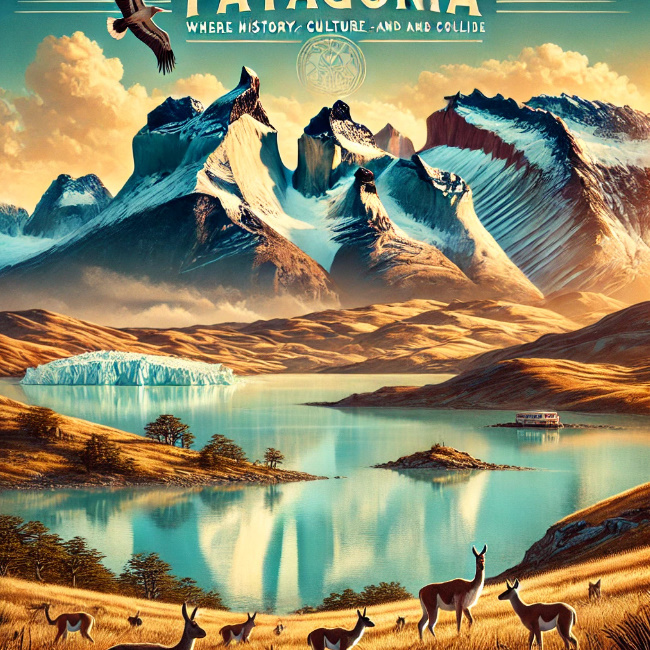

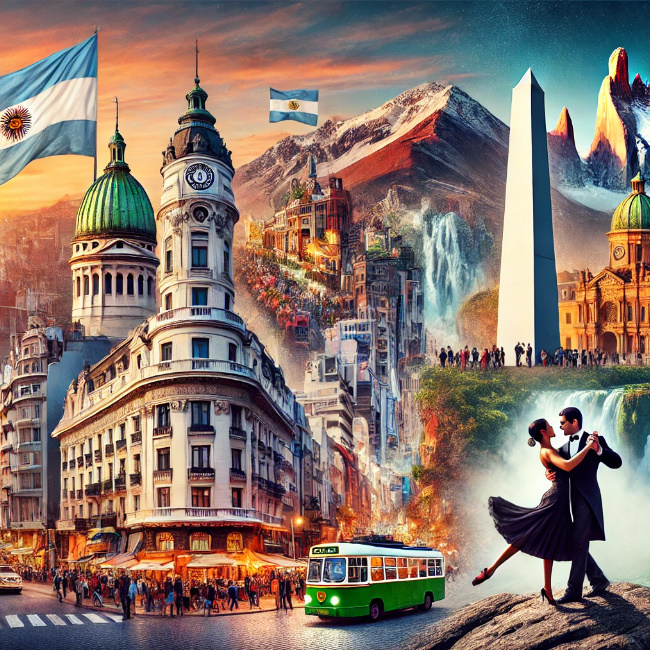
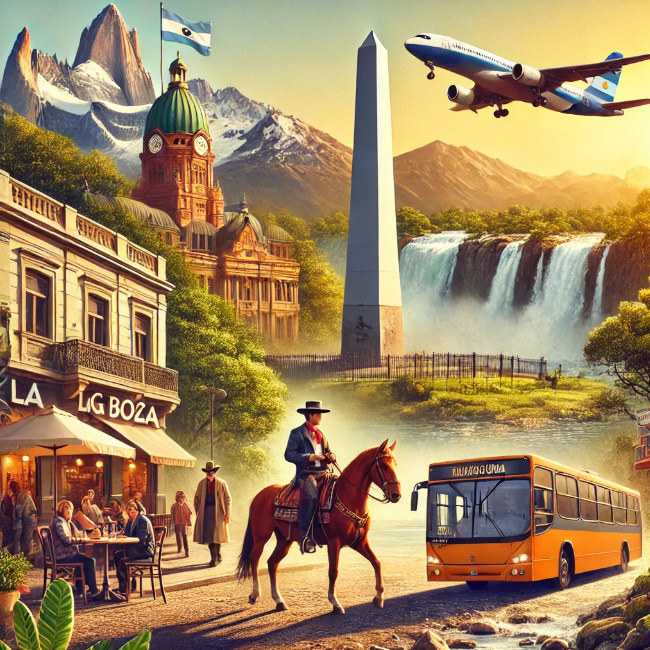


0 Comments